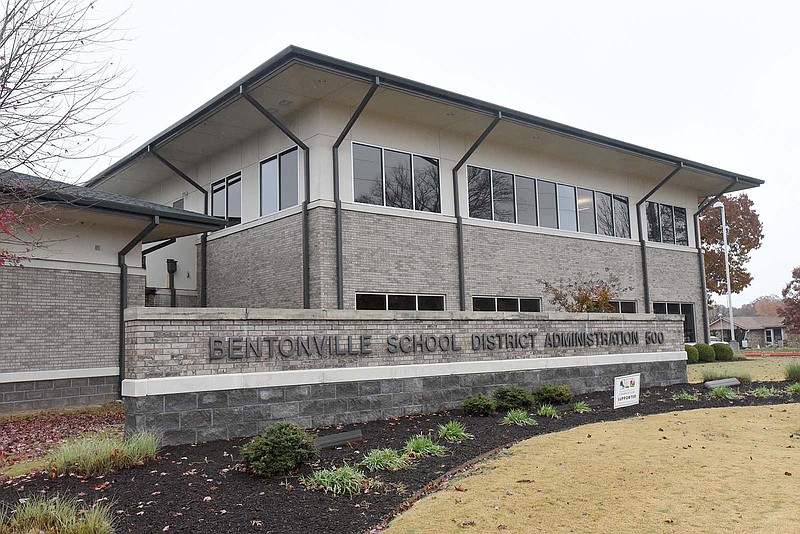BENTONVILLE -- The School District is trying to give students their snow days back.
Act 862 of 2017 allows public school districts to develop a plan for alternative methods of instruction to be used on days when schools close due to bad weather or other exceptional circumstances.
Bentonville, like many school districts, has gotten into the habit of using these alternative method days when the weather turns frightful, thus requiring students and teachers to work from home.
It's part of a national trend that became especially noticeable after schools became more comfortable with remote teaching during the covid-19 pandemic, leading some to decry the loss of snow days.
The Bentonville School District plans to start calling off school entirely when weather or something else closes schools -- at least for the first day of such an event, Superintendent Debbie Jones told the School Board last week.
If the event forces schools to remain closed for more than a day at a time, then the district will resort to alternative instruction, she said.
The district will declare up to three snow days during the school year.
"If we go beyond that, then we will be going to school in June, and that is never popular with parents or with the teachers as well," Jones said.
The school year is scheduled to end May 25. All snow days would be made up at the end of the year, making May 31 the last day if all three snow days are used.
The new plan is in effect. It did not require board approval.
Jeremy Farmer, a board member, said he's observed as a parent there's often not enough content provided to keep his child busy during an alternative instruction day.
That's been a part of the district's conversation, Jones said.
"We have comments from every perspective. Some, it's too much work. Some, it's not enough work. And so we tried to find a happy medium," she said.
The schools don't want kids having to work all day on alternative instruction days, but enough work must be assigned to have it count as a school day, she said.
School districts must submit a plan to the state to show how they will handle alternative methods of instruction, including content and schedules, she said.
District officials also have made some alternative instruction tweaks they said are in response to feedback from families.
One has to do with lingo. Alternative lessons in the past have fallen into what were called "synchronous" -- live lessons taught via videoconference -- and "asynchronous," assignments posted online that could be completed at a time that suits the student.
Officials changed the terminology to "live" and "posted" lessons to be clearer about what's expected, said Lisa St. John, executive director of elementary education.
When alternative instruction days are necessary, the district will follow a cycle: two days of posted lessons, two days of live lessons. The cycle starts over again if a new stretch of alternative days begins.
"And all of us K-12 are doing those on the same day, so parents will know if today is the day that your lessons are posted -- no matter what grade you're in, it will all be posted the same," said Courtney Morawski, director of middle-level education. "It won't be different schedules, different days, different kids doing different things."
The district has published two sets of guidelines -- one for grades K-8, the other for grades 9-12 -- that describe expectations for students and teachers on alternative instruction days.
The district enrolled 18,726 students as of Dec. 1.

